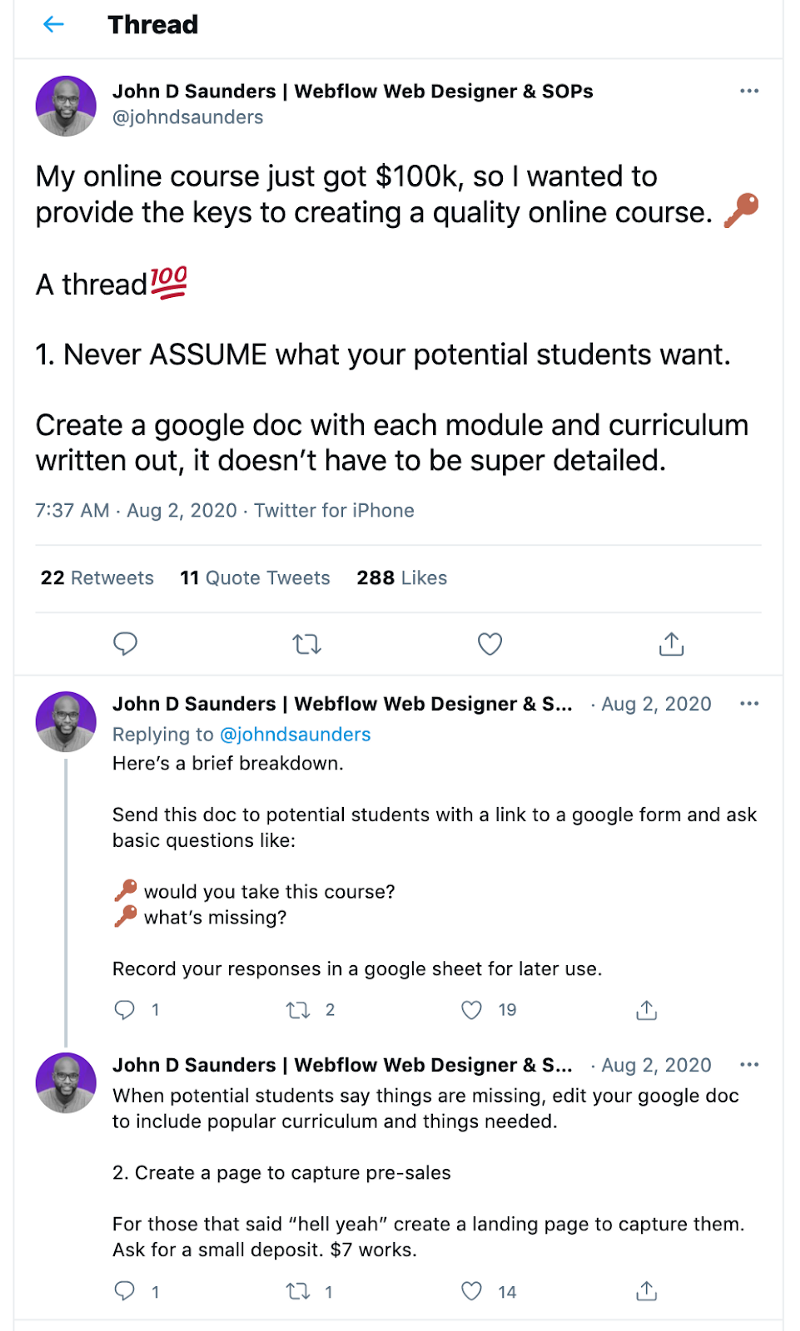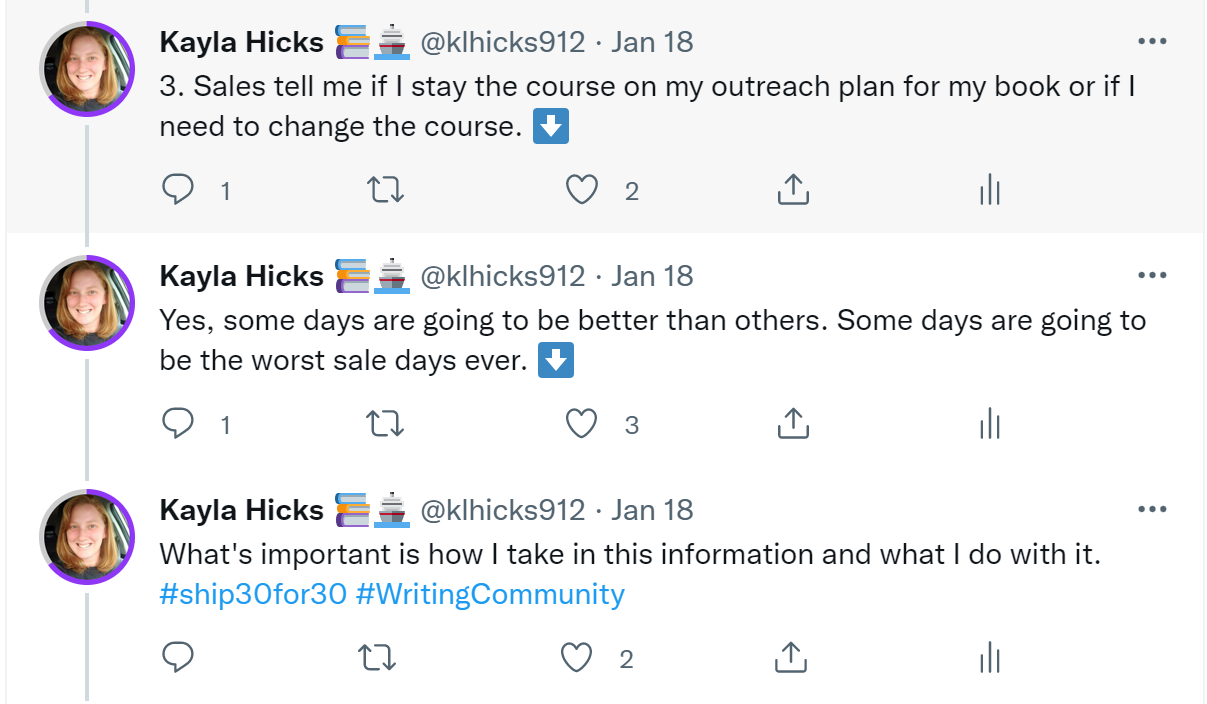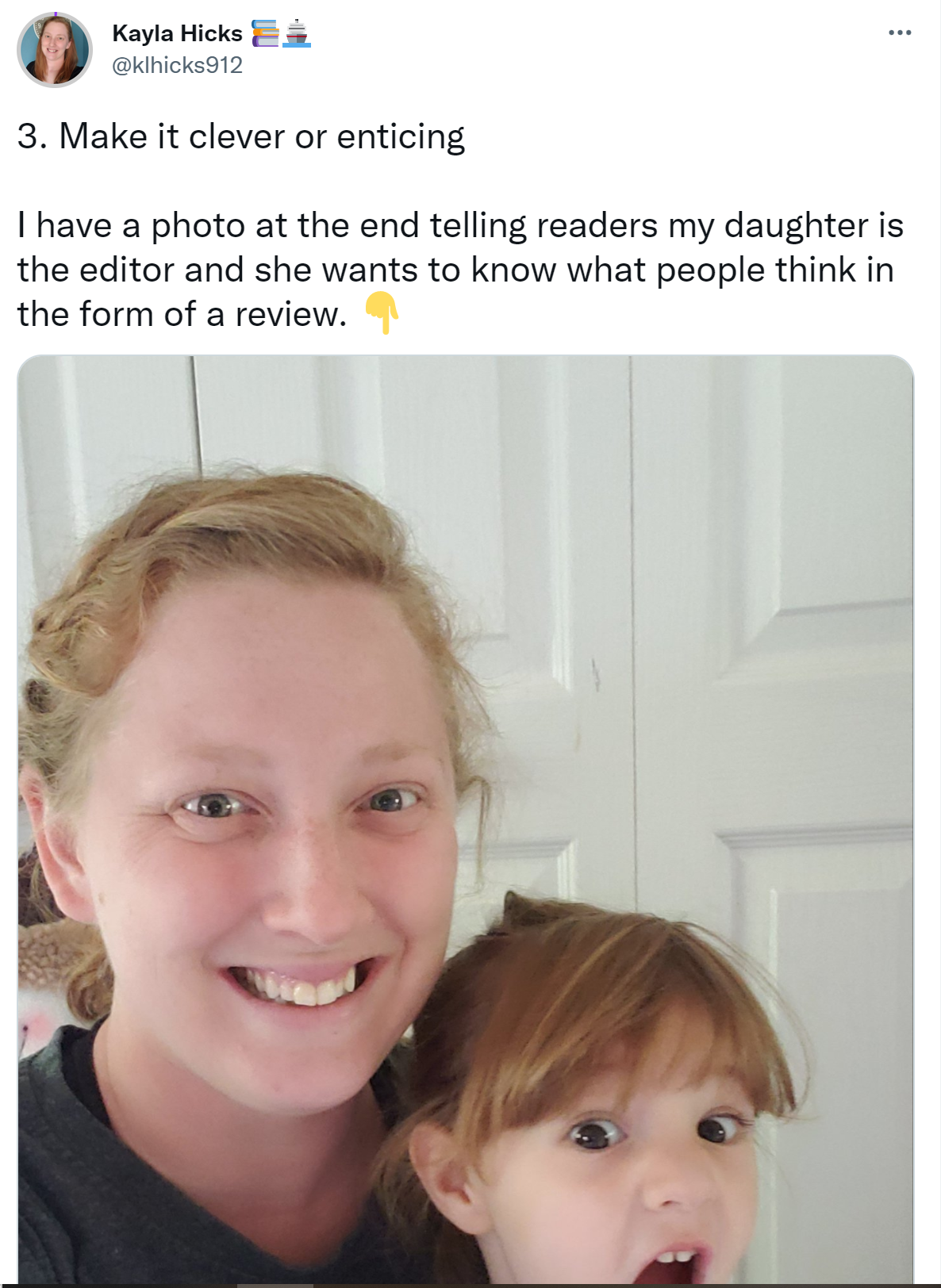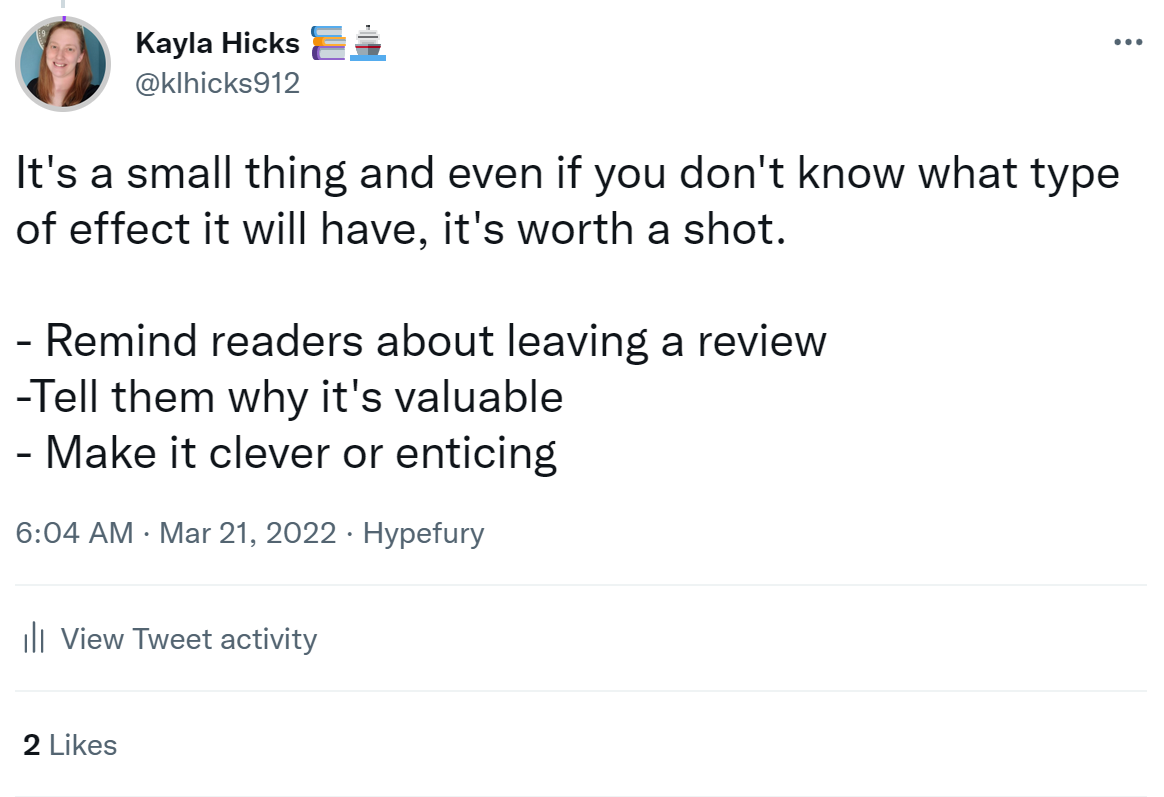How to Grow the Social Media Portion of Your Authors Platform

Social media is one of the most useful tools of your platform but knowing how to use it to your advantage can be tricky
The longer I’ve been a writer, the more ways I find there are to reach your audience.
As writers, we are now more than ever before able to reach a mass audience through the world wide web.
You can reach people from all over the world. You engage with readers from everywhere that you may not have been able to in the past. Now the question is, how can you use this portion of your platform to your advantage?
Posts about how people should buy your book are never going to snag readers into your audience pool.
We need to keep finding creative ways to connect with these readers. And this is because the way that we interact with our audience and reader base has changed. Despite the fact that there are now more ways to reach readers, there is also the detail of how you do so.
There are now numerous avenues you can stroll down and each brings you a different audience.
What are these avenues and how do you use them to your advantage?
The social media platforms you can use are Tiktok, Twitter, Instagram, Facebook, and LinkedIn.
Each one has a different tone and audience that uses the platforms. This also means that each one is going to absorb your content differently. And this is where your willingness to adapt your message across platforms is crucial.
Let’s break each one down by platform and how to best use them:
I have to admit that it took me a while to get the hang of Twitter, but once I did I found a whole community.
Twitter is great for posting links to the other parts of your platform but there is a catch. What I have learned is that Twitter hates links because it is sending people away from the platform. If you want to add a link to your posts, you are better to place them in the last tweet of a thread.
Be sure to keep your website link in your profile description so you can point people there to click your link other times.
It’s important to know that you want to make connections and help others more than you promote yourself on Twitter. Too much self-promotion gets overwhelming and oftentimes annoying. Annoying makes readers run away.
I have found the best way to gain traction on Twitter is through engagement.
Starting conversations with people and talking to them in the replies is how you connect. When I started engaging with other people on Twitter, I found my follower count rose very quickly because people valued that I cared about their thoughts.
The use of hashtags is something that is still difficult to keep up to date with.
Hashtags are phrases or words that you put on your post that help people find your post. Think of them as keywords. When you search in Google you type the phrase ‘adventure books’. Google is going to look for sites that have the words adventure books in them to connect you with things that you want to read.
When you put hashtags on your posts it helps your audience find you. (Just don’t go hashtag crazy!) This means planning the wording in your tweet carefully and once in a while accompanying it with a few hashtags.
Another useful Tweet option is to create a thread. This is a series of Tweets that allows you to expand on your content and provide more information about what you’re talking about. When you try creating a thread, creating a story with consistent format through your tweets is a great way to draw in your audience.

Source: https://www.podia.com/articles/twitter-threads
Remember those blog posts I talked about? Using a thread is a great way to showcase those posts. Here is one of mine.


I literally copied and pasted the first few lines of my blog post into the thread, adding a new tweet to it by clicking the plus (+) symbol. I also made sure to keep each tweet a consistent amount of words. Then my last tweet in the thread is a call to action, by asking people if they want to read more, click the link for the full post.
Making sure that your using these threads to share your information is useful for users of Twitter to take a big message into bite-sized pieces.
Facebook is a more difficult market because you need to catch the reader’s eye, not just have a page. This means creating intriguing content to pull in readers and groups. As an author, you want to help your readers find you by making an Authors Page.
You can just type into Google ‘How do you make an Author’s page on Facebook?’ and you can get step-by-step directions.
Facebook is great for:
Longer in-depth posts. I like to post short stories or links to my blog to help steer potential readers toward my site.
Live video streams. This can show a reading, talking about an upcoming project, or answering reader questions.
Linking directly to platforms where readers can purchase your work.
Interacting with readers through polls, 24 hours stories, and asking for votes on covers and such.
Make sure to put a link in your About section of the Facebook page to ensure they can get right to your site.
Thankfully, Facebook has many book groups which will find your page with the help of word of mouth, sharing, and hashtags.
Aside from benefiting your connection with readers, it also benefits your connections with other authors.
Read and review groups that allow you to submit books for others to read and leave a review.
Author groups by genre, where authors connect and talk about topics related to the market the genre is in and it's content.
Promotion groups that allow you to promote your book to other authors and readers inside the group.
There are plenty of reader groups that allow authors to join. And better yet, they allow select days for those authors to post their own content, allowing them to showcase their books to thousands of group members.
Instagram is another useful social media tool where you can market your book. I have used it for cover reveals, photos of quotes from my books, and promotional sales.
In addition to this, there are many book bloggers that use the platform to show what they are reading for their next reviews, where to find good book deals and so much more.
One of the things you will gain the most from Instagram is networking with other authors and bloggers who can help spread the word for one another.
Once again, the use of hashtags is very important for this platform too. Hashtags like Booktube or the writing community are great to help people find you. Another key thing to remember is that you can’t make clickable links on this platform so this is where creating unique photos is the key.
You can put a link to your website in your profile description so if people are interested they can go to your profile and find where they need to go next.
Another hidden gem is using the Instagram Story option. This allows you to show a story for 24 hours and add hashtags so that users can find your content. Better yet, you can even add it to the highlights feature on your profile for users to find later.
LinkedIn is a social media platform on a more professional level. This is where you can find editors, book cover artists, and even some agents.
If you are going to start using LinkedIn, I highly recommend you make your profile page look professional, update your progress regularly, and poke around to see if anyone on there can help your book.
I have also found book groups, writers groups, and several other review groups that are useful to join.
Through my Ship 30 for 30 journey, I also heard many other shippers talk about posting atomic essays on LinkedIn and saw great responses there. They also shared their Medium essays there and reached a new audience of readers in return.
TikTok
I mean, all the kids are doing it, right?
In all seriousness, TikTok has proven to be a useful tool for authors, especially in regards to capturing the majority of your audience in a matter of 15 seconds or less. (According to the case study by TikTok For Business, the average time a user watches a video is 3.3 seconds.) Create intriguing videos and promotions and you will grow your audience in no time.
Some ideas for intriguing videos:
The realities of being an author, make it comical
Funny recreations of everyday life tasks
Book trailers
Your daily routine
Questions and Answers about your writing
Writer fails
When using TikTok, you want to convert your message into a short video that engages the audience.
You could even turn one of the Twitter threads into a short video, pointing out pieces of the thread throughout the video as you go.
Where’s your audience?
Once you start to gain your footing in these social media platforms, you want to see what gains your audience’s attention.
Getting people to notice you on social media can feel daunting and exhausting, but the key thing to remember is that it’s all about consistency.
I was terrible at social media in my early days of being a writer.
I had taken a break from Twitter after creating an account in 2014 after seeing no traction at all. When I came back two years later, I figured I’d give it another try. So I started to see what was working by throwing stuff out and seeing how it stuck.
Being a writer, I started looking at other writers' social media posts for guidance.
This was when I found the writing community. I came across it when I was searching on Twitter for writers, and frankly, didn’t know about it as a new writer. That was the moment things started to kick into gear for me.
When exploring what other writers were tweeting about, they were posting either questions, funny insights, or writing advice.
So, I gave questions a try. I was a new writer with a bunch of questions. Why shouldn’t I try asking people on Twitter to see if they could be answered?
After I started this, it wasn’t long until my posts started making it big.
What do I mean by big? I mean that some of my posts were receiving 400 comments, 30 shares, and over 20k impressions. I was also starting to climb in followers.
What made more of a difference was when I started taking time to engage with comments.
Not only was I starting great conversations and making connections, but these comments were keeping my tweets alive longer. Every time I or someone else was commenting, it was bringing it back into the feed. Win-Win.
As great as this was working for me, I didn’t want to be known forever as someone who didn’t have the answers to things.
Now it was time for me to make the switch to giving information.
This was when I started creating informational posts and threads.
Over time I had truly grown as a writer.
I had managed to make tons of connections on Twitter with other writers who had taught me so much. This was why I felt as if it was time for me to start giving back. What didn’t I know as a new writer that I could now pass on?
What were these informational threads and posts looking like?

Here are some stats first of all.
Now, my stats aren’t as high yet for my informational posts and threads but I think this is because people take in the information and don’t comment.
For instance, here is a comparison in stats to my question posts.

More opportunity to engage means a longer life span for my tweet and more connections to be made.
Now, let’s look at what my informational threads look like:





This thread started strong but got weaker as it went. Here are its stats:

Showing you all of this is great, but you may be asking yourself, what am I supposed to do with this?
Great question! This is where you need to check your stats and determine what’s working and what isn’t. For instance, my threads start out strong and lose interest along the thread.
What does that tell me?
I need to make the thread more engaging throughout the thread.
Maybe I need to make more opportunities for the reader to interact throughout the thread.
When I reflect back on the question posts, I was seeing the more readers could comment and actually engage, the more people my content reached.
This is why paying attention to stats on your posts across all social media platforms is important. If you are going to focus on audience building, paying attention to what stuck and what didn’t is how you learn and grow. It’s how you figure out what your audience wants.
Finding the right tools is also an important component of that.
I know it sounds like a lot of work, but if you want to grow an audience it takes time and persistence.
From 2014 until 2022, I grew my Twitter audience to 10k followers.
From 2014 until 2022, I paid attention to what worked and what didn’t.
From 2014 until 2022, I threw out attempts and saw what was successful.
It doesn’t happen overnight. You need to take the time to show potential followers what value you add when they follow you. Once you do that you can grow quickly.
So let us circle back to this concept of growing the social media portion of your author's platform.
Social media is a difficult beast to manage.
For each platform, your posts only have so much life before they are buried in the feed. So, how do you stay relevant and keep your posts in the eyes of your audience? I have a few tricks here.
Posting consistently and regularly: When I post on social media, Twitter being my best performing platform, I post 4 times a day. I also take the time to make my posts meaningful and schedule them ahead using the scheduling application, Hypefury. By doing this ahead of time, I free myself up to respond to everyone’s comments as they come in.
Engagement: When you take the time to engage with the people responding to your posts, not only does it keep bringing the post into the feed for others to see, but it shows your audience you are about more than growing your follower count. And if you take the time to engage with other people’s posts, then you show others you are interested in what they have to say.
Just these two small tips above help catch your audience’s attention.
Now that you know how to catch their attention, what tactic’s can you use to maximize this portion of your platform? This is where creativity is key. I say this because you want to take time to talk about what your brand has to offer your audience too.
Host a giveaway: There are plenty of ways to host a giveaway. You can simply post about your book, telling people you are going to host a giveaway and see who responds. There are sites that can help you host a giveaway or you can choose a winner yourself from one of the responses on your post. When you do a giveaway, make sure it’s worth their while. You can include special items such as merchandise, signed copies of the book, a shoutout to the winner, or more.
Talk about promotions: If you have a sale for your book or a free promotion, this is a great place for you to tell people about it. But don’t go overboard. Too much self-promotion becomes background noise.
Sharing knowledge: If you are finding yourself becoming knowledgeable in something, using social media to tell people and teach people shows your value. This holds weight and will take you far.
Updates: Posting updates about where you are in the process of writing is helpful for promoting your book along the way. Even simple updates of, I just started working on my fantasy novel and I love how it’s shaping up. Talk about heavy on the magic.
This is what maximizing your social media portion looks like.
It’s taking opportunities to showcase what you have to others. And frankly, this is going to look different to portions of your audience because not all of your audience is going to be strictly readers. Some are going to be book bloggers and reviewers or authors.
Make the most of this tool because it’s valuable and free.
This also means you need to pay attention to what is working and what isn’t with the content you post.
What tools do I use?
Having tools that track these stats for you and ultimately do the heavy lifting is useful. (Work smarter, not harder.)
Free tracking: Every social media platform gives you statistics on how your posts are doing. Take advantage of that. Pay attention and take notes.
Hypefury: I schedule a lot of my posts ahead so I can focus on answering as the tweets go out. Hypefury tracks my stats for each tweet and sends me a report on how I’m doing overtime. I can also mark high-performing tweets to retweet.
Black Magic: My best platform for engagement is Twitter. And Twitter introduced Black Magic a few months ago so I got it in the trial stage. This tracks my statistics for my tweets, tells me my best hours for post engagement and tells me daily how my tweets are performing.
By using these tools, I am able to tailor my tweets and posts to optimize my reach.
Social media is one of the most effective ways to reach your audience.
Without social media, your books will collect dust on the shelves.
Using social media connects you with your audience in a way you can’t anywhere else. A constant line to your audience if you will. So don’t waste that potential.
Be consistent, checks your statistics and you’ll be just fine.
